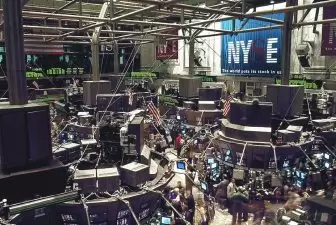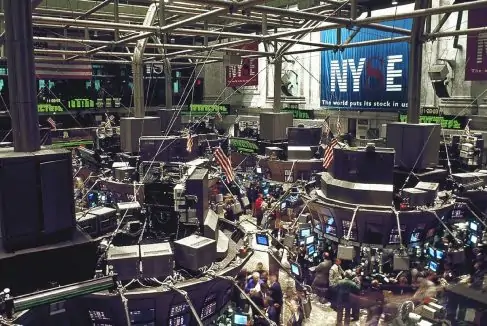
The stock market trading game is not for the timid or cash strapped. Although you may be paying a few dollars, tens of dollars, or hundreds of dollars per share, you usually buy or sell hundreds or thousands of shares at a time. Most experts suggest that you spend at least $1,000. Don’t get me started on calculating weighted averages per share, which I am still learning about through a stock trader friend of mine.
Stock trading can cost you a fortune if you don’t know what you are doing. Also, there is more than one strategy in choosing a stock for trading and investment.
What Is Order Flow Trading?
Order flow trading is basically a type of financial trading mindset. Price action trading involves the mindset of intuiting how to trade or invest based on the price per share of stock. Or the performance of a company. Price action traders may research a company, its proprietary worth and multi-year projections of its potential value to determine whether or not they should invest or buy stock.
Order flow trading involves making market trades based on an innate understanding of how trading orders enter the trading market. The order flow trading mindset also demands that you understand how your fellow market traders are making their decisions. The name, “order flow,” refers to the way that markets buy and sell orders organically flow in the trading market from different financial entities. Like other traders, banks, and financial institutions.
The Order Book
Many trading markets use an “order book,” which contains specialized information about the buy and sell orders coming into the market, where they are coming from, the set prices, and what kinds of orders are actually being placed. However, there is no central exchange where trading takes place, and the fabled order book is not available for use in every market. The Oanda order book is relatively more basic but is a good starting point for understanding how buy and sell orders enter the market.
Order flow trading is a mentality where you analyze how buy and sell orders enter the market, who is placing such orders, the prices, and the actions of your fellow traders to strategize your own moves. You are making your trades based on the actual pulse of the trading market instead of research that may be more self-serving than actual. Researching your trades and investments are very important, but if you don’t know the pulse of the market, then you may not be getting the full assessment of your risk-to-reward potential.
The Process
I don’t mean to make this process sound easy. This is just the basic gist of the process. It is a lot more complicated than I am depicting it here. For one thing, you have to learn how to read and understand order flows for trading. You also have to be able to take the pulse of the market based on this information, factor in price action trading strategies and use any trading inefficiencies you come across to your advantage.
Consult An Expert
Get advice from active stock traders and financial analysts. Learn as much as you can from them about how buy and sell trades are initiated and how to use such activities from other traders to your advantage. Order flow trading involves a lot of training and experience to do properly. It should not be done without the help of an expert if you are new to it.
Read More
- Best Laptop for Trading Stocks 2018
- Penny Stocks and Alerts: What You Should Know
- ETFs vs Stock Trading
Allen Francis was an academic advisor, librarian, and college adjunct for many years with no money, no financial literacy, and no responsibility when he had money. To him, the phrase “personal finance,” contains the power that anyone has to grow their own wealth. Allen is an advocate of best personal financial practices including focusing on your needs instead of your wants, asking for help when you need it, saving and investing in your own small business.

